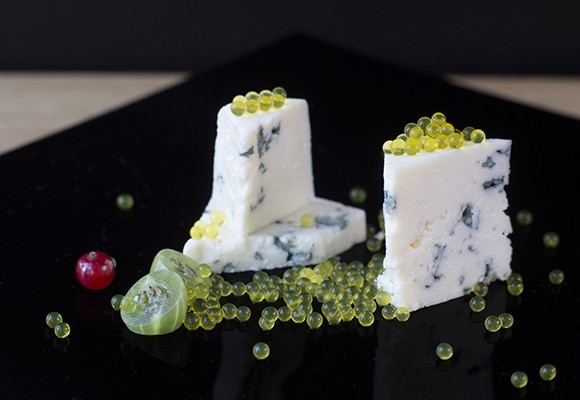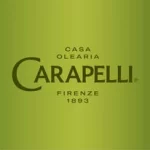All the tradition that goes into olive oil extraction is perfectly supplemented by maximum culinary innovation. From a product with centuries of history behind it, our liquid gold, to techniques born just a few decades back. It’s not the first time I stress the compatibility between the flavor we all know and present-day textures.
As you are well aware, I love tradition when it comes to cooking. The smells and flavors handed down from generation to generation take me back to my childhood. But of course I am willing to try out new forms of cuisine. Innovation too plays a key role in our daily life. Back in the day, cooking fresh pasta or extracting extra virgin olive oil were surely innovative and today they are seen as two traditional products.
In the case of molecular cuisine, where science is applied to the art of cooking, there is no need to relinquish tradition and its flavors. In this type of modern cuisine, the physical and chemical properties of foods are analyzed and then they are treated in technology processes to bring out their many different properties and ultimately to surprise us with new dishes.
But what is the role of extra virgin olive oil in molecular cuisine? It can be the main player on the dish (such as the olive oil sponge shown on the previous link) or act as an accompaniment.
OLIVE OIL CAVIAR?
It may seem like a paradox, but one of the classics of this type of cuisine is extra virgin olive oil caviar or pearls. The aim is to take our liquid gold to a texture such that the sensation you get in your mouth is similar to that of the famous sturgeon roe (the taste is obviously not the same).
This is achieved through the technique known as spherification. Close your eyes for a moment and picture one of your favorite cold dishes containing olive oil. Pick some up with your fork and take it to your mouth. Then feel how a little ball pops all of a sudden on your tongue and you get the intense taste and aroma of olive oil.
That is the goal of oil pearls. They are made by adding agar agar powder, a gelling agent extracted from marine algae. Once it is cold mixed, it is heated to boiling point. It is then extracted with a syringe and the mixture is released drop by drop on cold extra virgin olive oil. That is how the pearls are made (however non-scientific the description may be).
Bear in mind that the use of the algae-based powder and the process do not change the flavor or alter the organoleptic properties of the olive oil.
EXTRA VIRGIN OIL ALSO IN CRUMBS
Another good example of the use of olive oil in molecular cuisine and the effect sought by processing the oil is shown by crumbs. It is a classic and basic form of this cuisine, which is possible through the use of maltodextrin.
This carbohydrate (also used simply as a food supplement) transforms fatty liquids, such as extra virgin olive oil, into powder. What does this give us? An element of surprise. Since these crumbs or oil powder are water soluble, when taking them to your mouth they are rehydrated and you are surprised with a splash of flavor.
Now of course these oil crumbs must go along with other dry ingredients. For the sensation to peak, the first contact must be with saliva. It works perfectly as an appetizer.
These are just two examples. On other occasions, different ingredients get a ‘scientific treatment’ and the olive oil accompanies in ways that you already know.
These lines are meant to serve as a mind opener. Innovation (always respecting tradition) is positive, because it allows you to learn and feel new experiences and there is no need to neglect the things you and I have grown up eating at home all our life. Feel like giving it a try?



